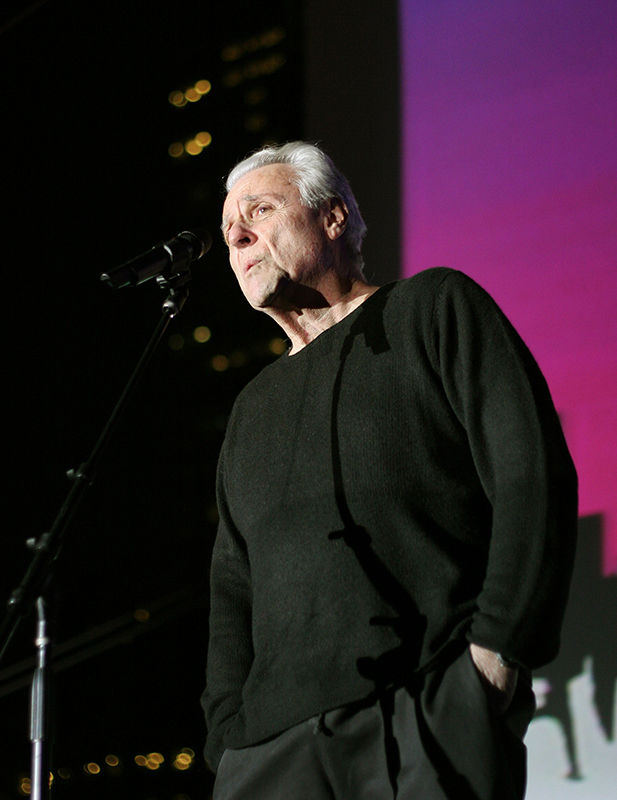William Goldman is a great writer of screenplays. He wrote “Butch Cassidy and the Sundance Kid” for one thing. For our younger viewers this was a movie that starred Paul Newman and Robert Redford, who were the Brad Pitt and Tom Cruise of their day. Actually, they are what Brad Pitt and Tom Cruise wish they could be, but that might be me editorializing a bit too much. Goldman also wrote many other noteworthy screenplays that were translated into iconic movies, like “The Princess Bride,” “Misery” and “Marathon Man,” to name a few.
He also penned a book about his experiences as a writer working in the motion picture industry that contains a quote that has often been repeated and still speaks volumes about the nature of the creative process when it comes to writing and motion pictures (and, to a slightly lesser degree, television), where there are millions of dollars and over-inflated egos involved.
The quote is, “Nobody knows anything. … Not one person in the entire motion picture field knows for a certainty what’s going to work. Every time out it’s a guess and, if you’re lucky, an educated one.”
My educated guess is that the new “Star Wars” movie is going to be a huge intergalactic success. The same prediction was not made about the original “Star Wars” movie though.
In that film, George Lucas — though coming off the big success of “American Graffiti” — was living another industry adage: “What have you done for me lately?” I was actually working on the 20th Century Fox lot at this time on a TV show. The buzz on the lot was all about the colossal folly George Lucas was involved in out in the deserts of Tunisia. The executives at Fox weren’t happy with the cost overruns, but at least they weren’t paying Lucas all that much.
Lucas took short money to direct and short money to write his pet project in exchange for one little thing: he retained the merchandizing rights to the film. Nobody at Fox knew that this would turn into a multi-billion-dollar industry in and of itself. I doubt if Lucas knew it either, but the fact remains, those rights are what made him one of the richest men in America.
No matter how “big” people get, the mathematical constant that writer Goldman identified remains in play. It’s how Walt Disney was able to show his unfinished “Snow White” film to a bunch of bankers in order to get the loan he needed to finish the project. Nobody in that projection room knew you didn’t make full-length cartoons in the 1930s.
Steven Spielberg, coming off the two giant hits of “Jaws” and “Close Encounters of the Third Kind” encountered this formula at Columbia Pictures. It seems when he had taken his script of a marooned alien just trying to phone home with the help of three suburban kids in California, the studio’s executive suites were filled with people who did not know a studio could have two extraterrestrial-themed movies in production at the same time.
So they jettisoned E.T. and held on to “Starman.” Oh well, that’s showbiz.
Even Lucas and Spielberg, two titans of the industry and, for good or bad, the creators of the summer blockbuster season, were not immune from the “know nothing” syndrome, as the films “1941” and “Howard the Duck” illustrate.
Television, especially pre-cable television, was semi-inoculated from the syndrome due to its “broad” cast point of view. With only three networks, advertisers wanted to appeal to the widest audiences possible in order to sell their product, so television before the fiber optic revolution may not have been so cutting edge, but one could put a formula together and almost guarantee success.
Just put an actor with a good television presence on a horse, or give him a stethoscope or give him a law book or a badge, and before you know it, you’ve got a show that will have 100 episodes and go into syndication and make everybody, except the writers, rich.
With hundreds of channels now, television is no longer so homogenized which is good for the quality of the product, and, because it is now free from having to appeal to so many, it can “narrow” cast to a more precise audience base. But sooner or later the “nobody knows” Goldman formula will surface.
People were convinced “The Passion of the Christ” would open the floodgates of serious religiously themed filmmaking. It sure seemed like it would — it made a gazillion dollars after all. Only it didn’t open the floodgates, because nobody knows.
Maybe it was just lightning in a bottle. My educated guess: truly faithful religious films that take on difficult subject matter aren’t the kind of things that sell popcorn.
Who knows, maybe in the long run I’ll be proven wrong and someone a little less “eccentric” than Mel Gibson will pick up the torch and carry biblical epic film making into the 21st century. There have been some attempts, like the recent theatrical release “Son of God” and the television series “A.D.”
And recently I saw a trailer for another biblical offering called “Risen,” whose plot surrounds a journey of faith of the Roman tribune tasked by Pilate to “find the body” and put an end to the messianic hysteria following Good Friday. Sounds promising … but who knows.

